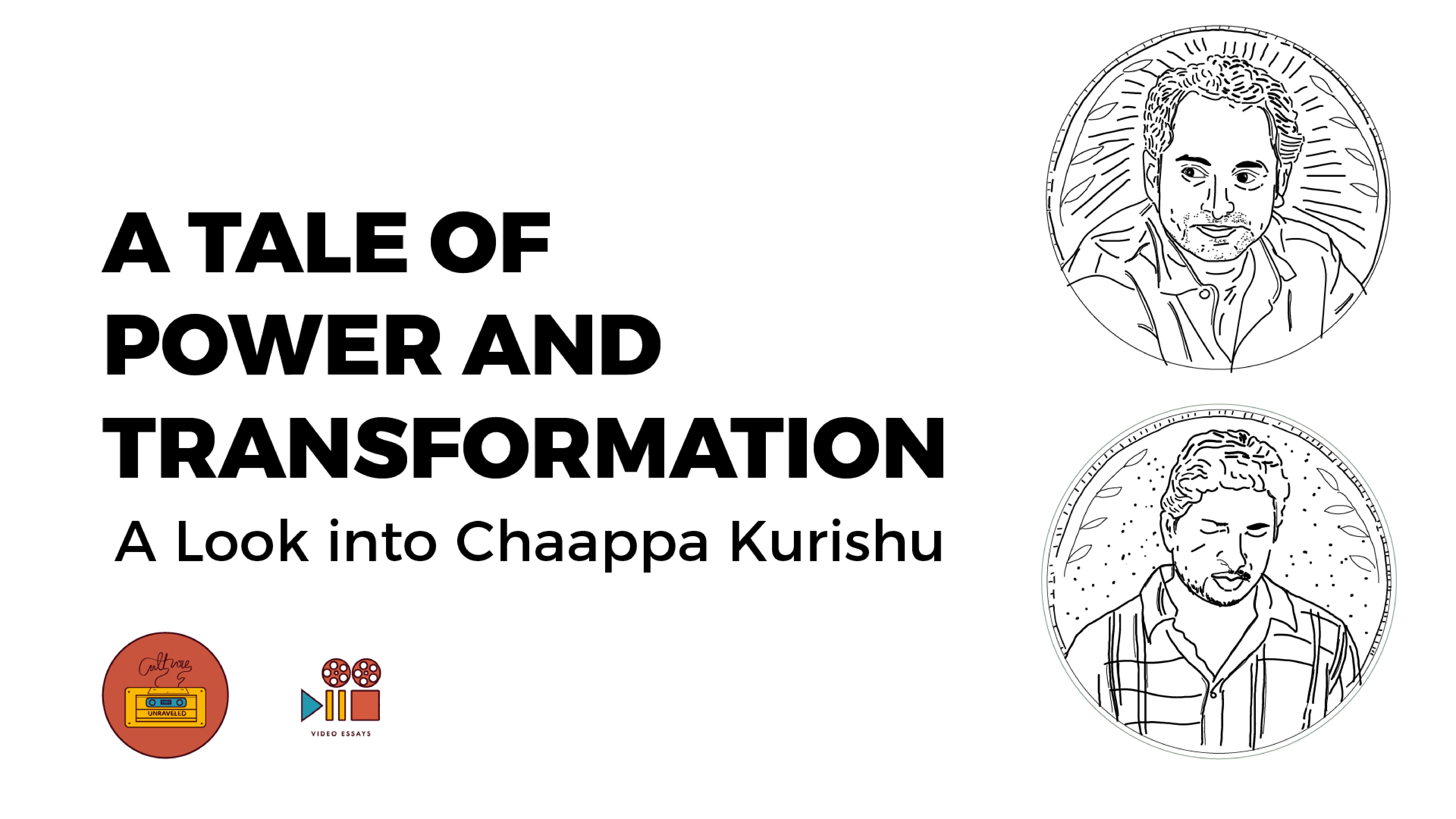
In David Fincher’s generation-defining film ‘Fight Club’, we witness the destructive, exciting and cathartic relationship between the protagonist & Tyler Durden. In the beginning we believe we’re watching the main character and a strange man he meets named Tyler Durden, but as is revealed later in the film and as has become the subject of much of the discussion around the film since, Tyler Durden isn’t real.
In reality, Tyler’s presence serves as a vessel for the protagonist’s subconscious. He is the manifestation of the protagonist’s suppressed instincts, untamed aspirations, and unspoken thoughts.Tyler Durden exists as the dark, curious, dangerous & rebellious aspect of the protagonist’s subconscious. This aspect of one’s subconscious is often referred to as ‘the shadow’. Tyler doesn’t exist exclusively as the shadow, he also exists as what the protagonists truly wants to be, but it is evident that a huge part of the protagonist’s shadow is embodied in Tyler.
In Swiss psychiatrist and psychoanalyst Carl Gustav Jung’s analytical psychology, the shadow as a concept comprises everything the conscious personality experiences as dangerous, dark, negative, threatening or from the unknown.. So wouldn’t this clearly only be a negative thing? What could we possibly learn from it?
Well, quite a lot actually. In the film, Tyler can definitely be seen as a bad influence in many ways, but he also provides the necessary questioning and challenging that the protagonist’s psyche needs. Throughout most of the film, Tyler is critical of the protagonist and exists in opposition to many of his opinions, but he’s often doing it to challenge his assumptions and pushing him to think differently from the masses of society.
If you think about it, a voice composed of the unspoken and deep thoughts, feelings and fears from the core of our subconscious would undoubtedly have a wealth of valuable information about us that we can learn from. Jung said that the shadow contains information and answers that can be both negative AND positive. Positive as it gives us information about ourselves which needs to be paid deep attention to.
Integrating one’s shadow is something that requires a lot of work and time and we encourage you to do your own research on this topic, but here’s a place to start.
Observe yourself and your tendencies. Pay attention to where your mind wanders in darker moments. See what problems might be at the root of your dark thoughts and try to address that first. Write down and document your journey of exploring your darker thoughts and see if you can identify a pattern in the way your shadow operates.
The purpose of integrating the shadow is to achieve individuation—a process of becoming one’s unique self. By facing the shadow, individuals move towards a more authentic existence, allowing for a richer, more fulfilling life. It helps us understand our own nature, which, if left unacknowledged and unexamined, will not lead to a flourishing life.
Integrating and embracing one’s shadow isn’t to give into the darkness it holds, but instead to utilise it to learn where the darkest parts of our subconscious want us to go, so that we are able to prevent it from taking us there unconsciously.
_________________________________________
Written by Ben Joshua












